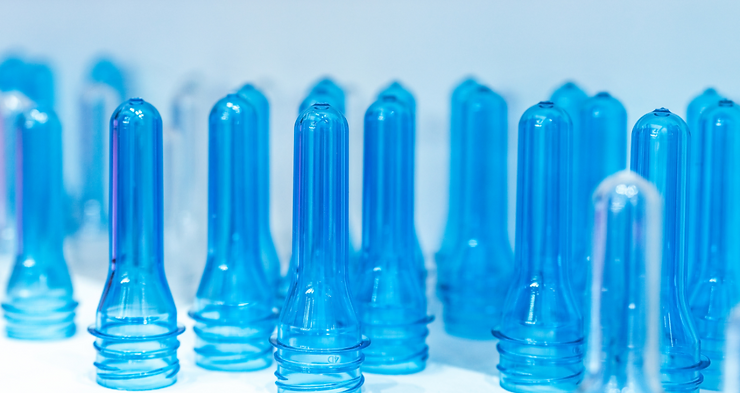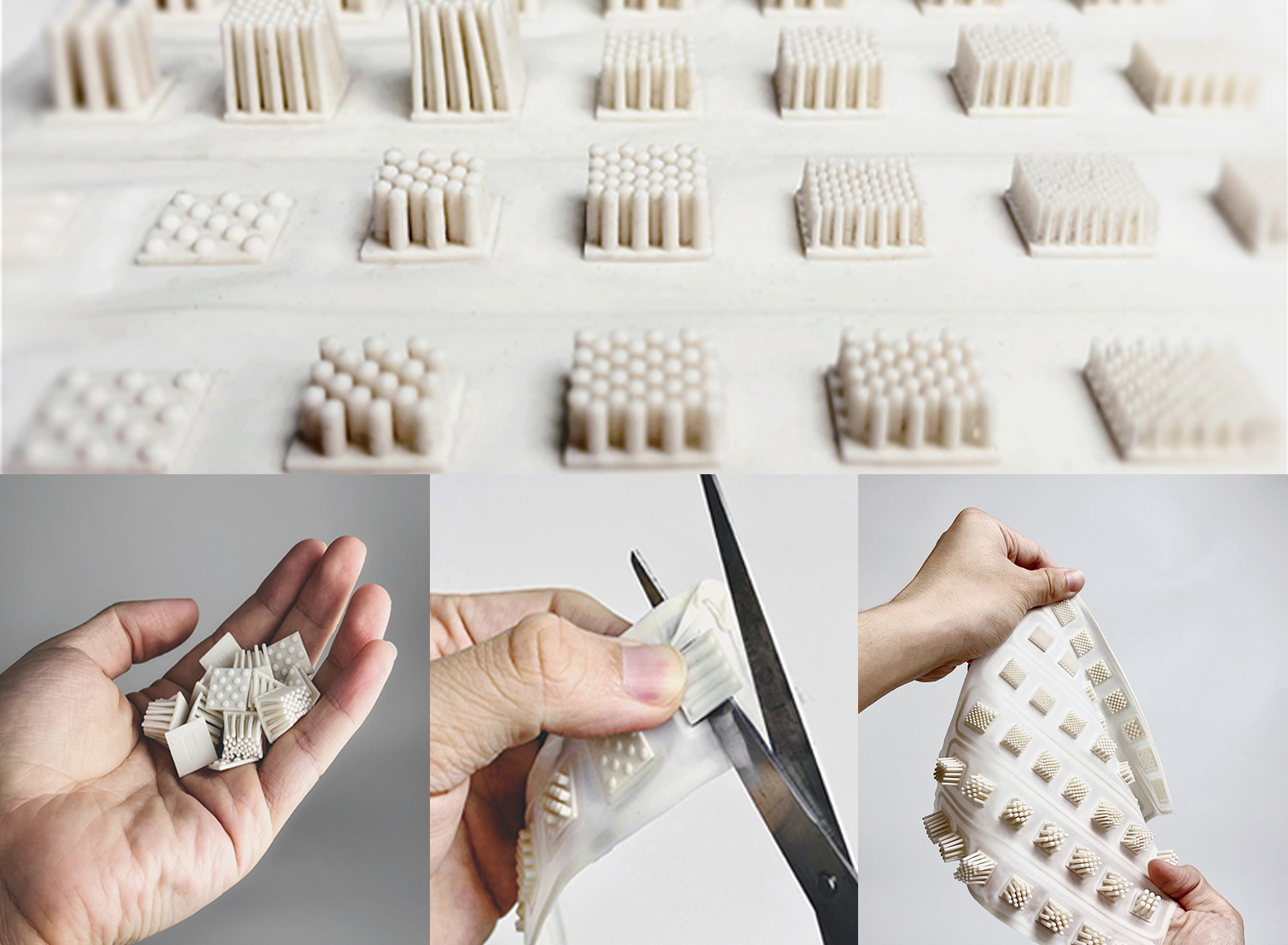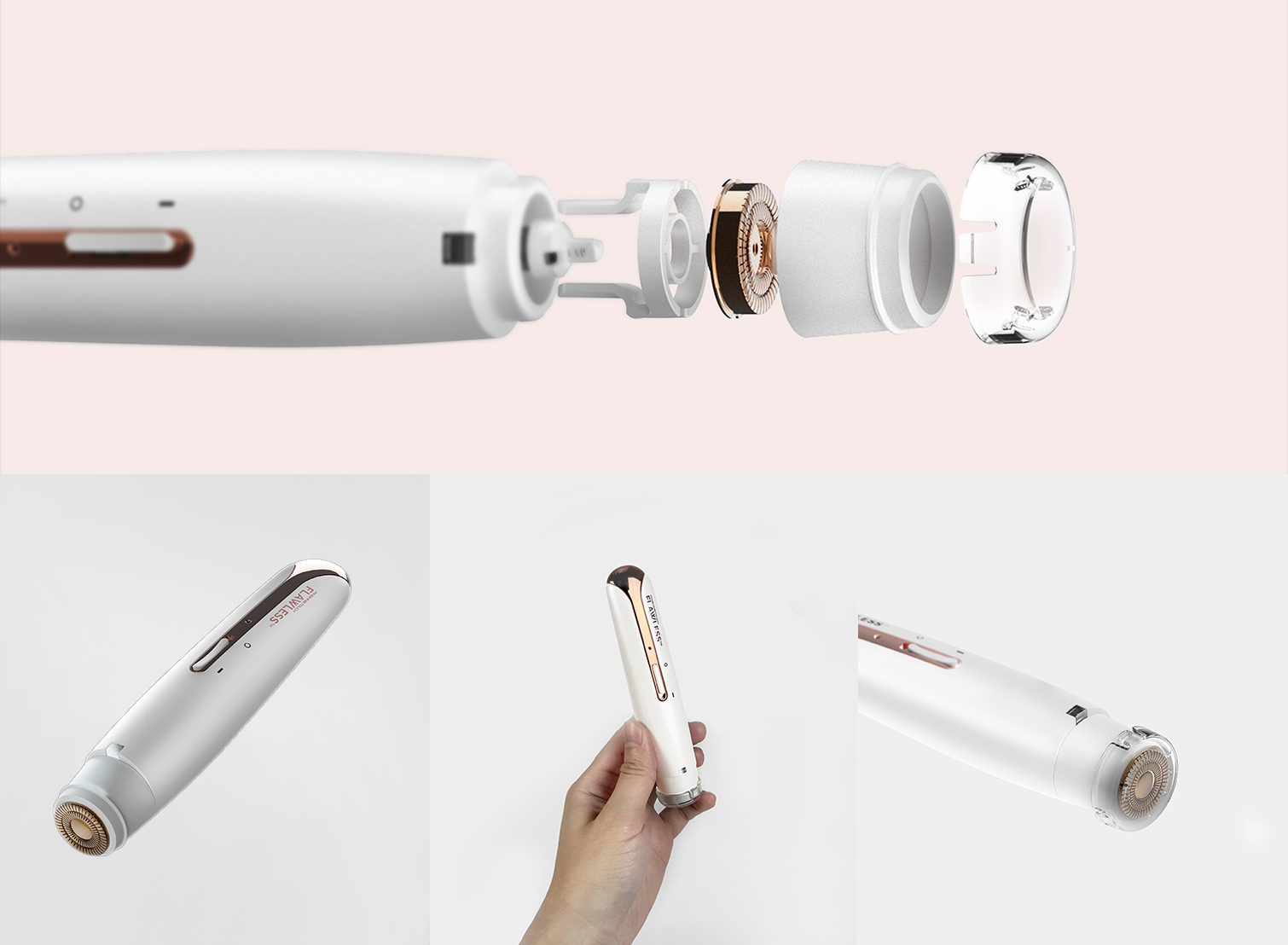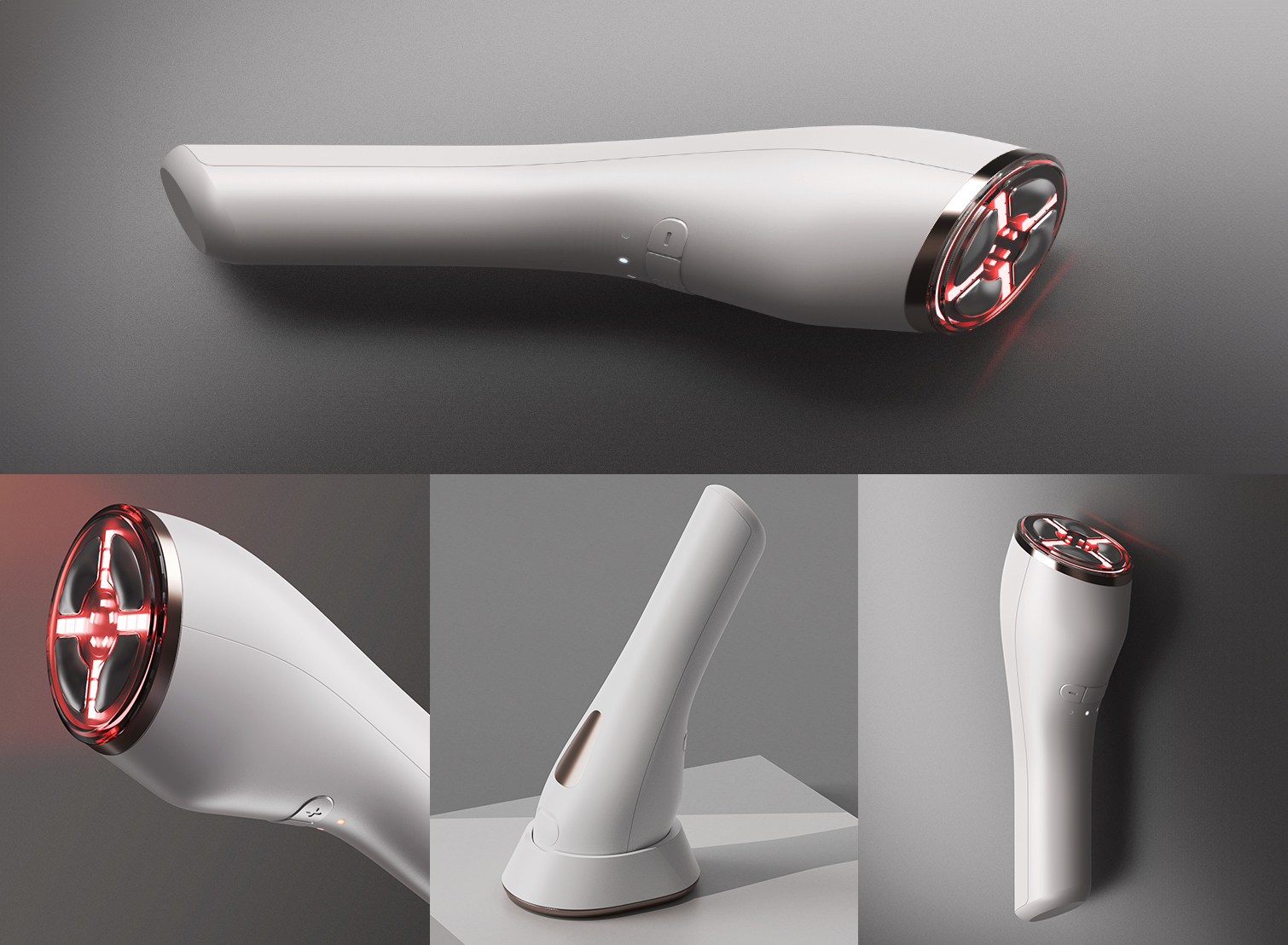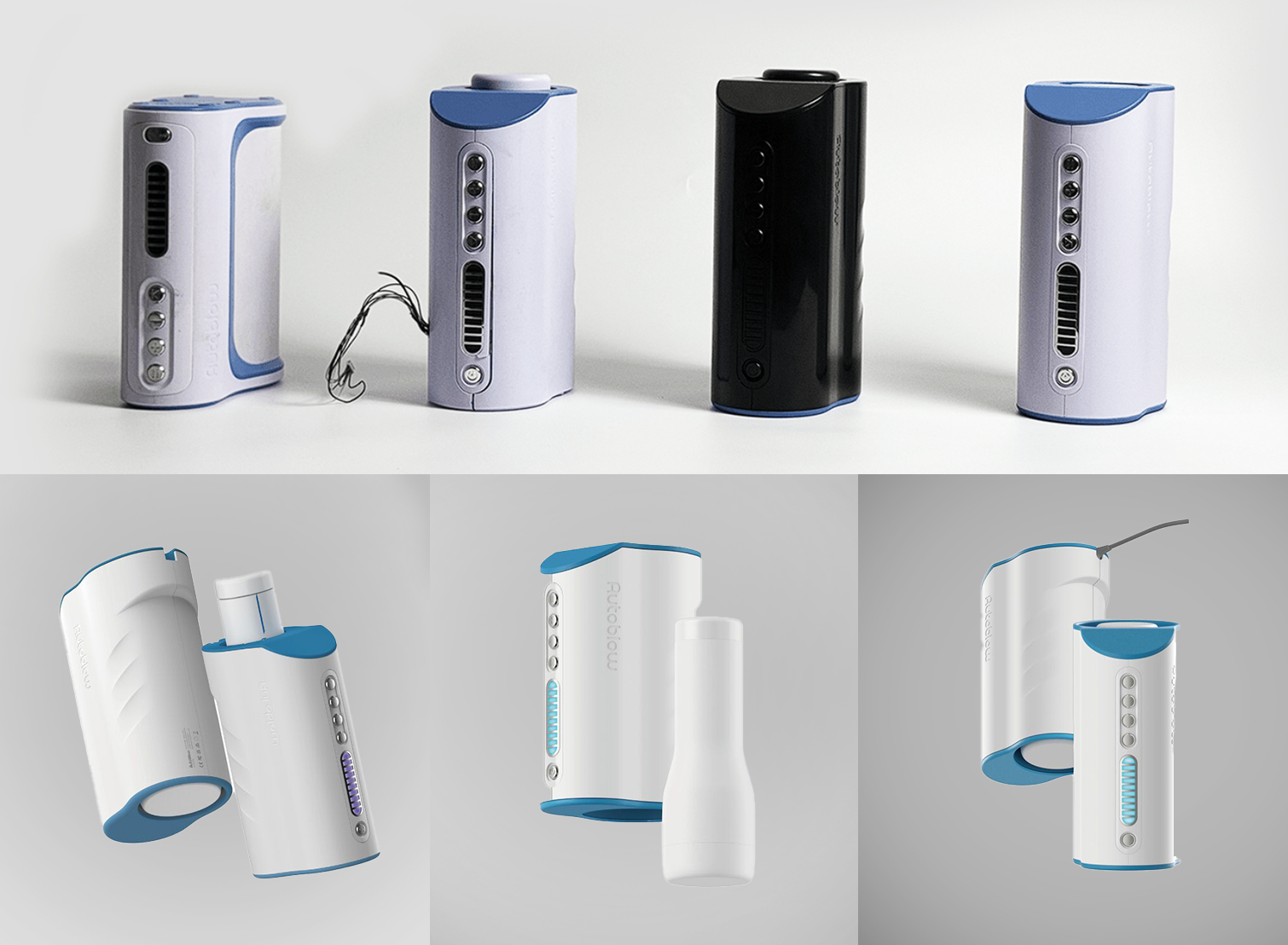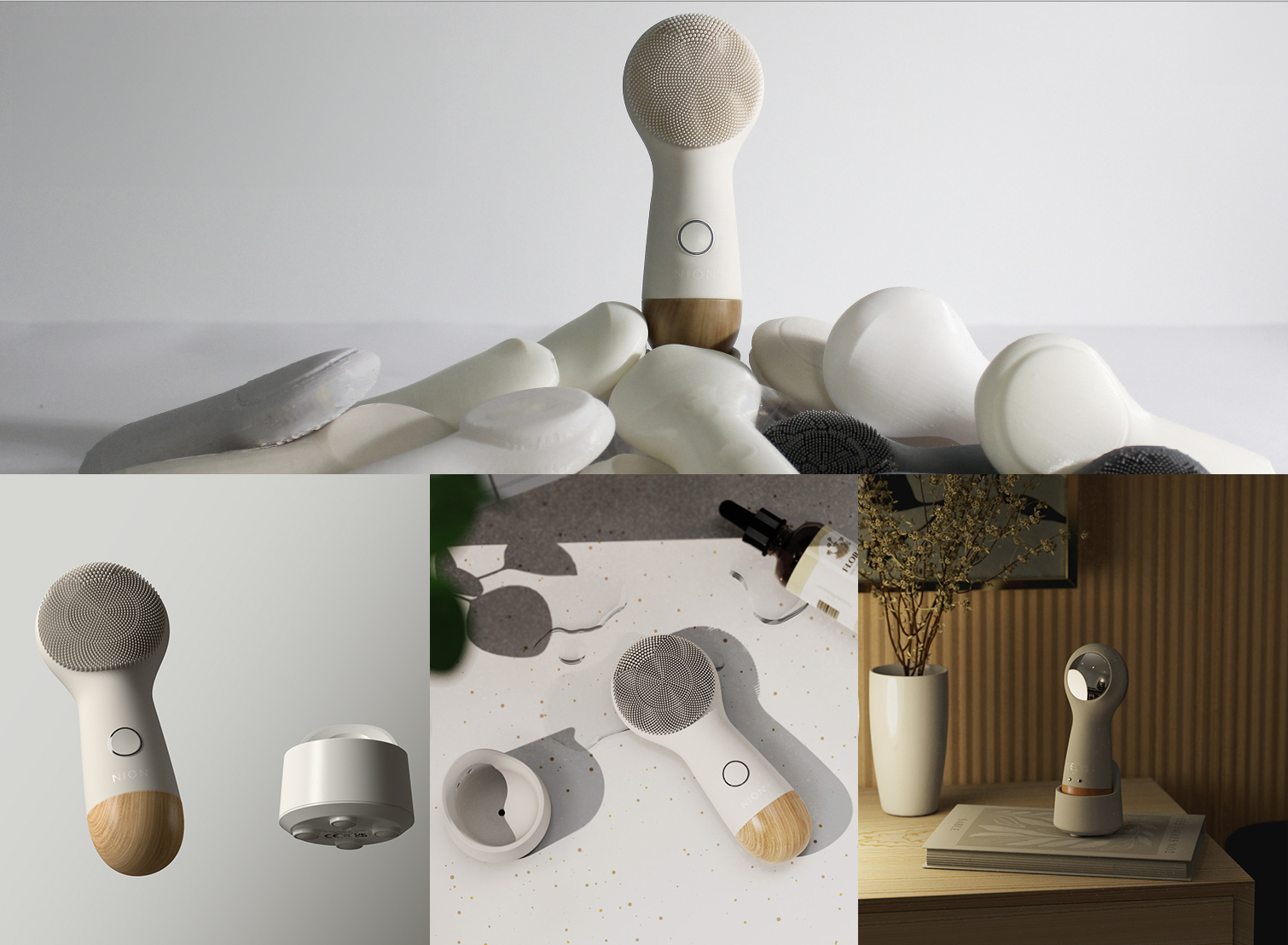Introduction
Injection molding is a widely used manufacturing process for producing plastic parts with high precision and efficiency. Understanding steps associated with injection molding is crucial for manufacturers and individuals interested in this field. In this article, we will delve into the various stages of the injection molding process, highlighting each step’s significance and how they contribute to the overall production of high-quality plastic components.
Section 1: The Basics of Injection Molding
1.1 Overview of Injection Molding:
Injection molding is a highly versatile manufacturing technique that involves the injection of molten plastic material into a mold cavity under high pressure. The plastic material then solidifies, takes the shape of the mold cavity, and is ejected as a finished product. This process is widely used due to its ability to produce complex shapes with excellent dimensional accuracy and repeatability.
1.2 Importance of Injection Molding:
Injection molding offers numerous advantages over other manufacturing methods. Firstly, it enables high production rates, allowing for large volumes of parts to be manufactured in a relatively short period. Secondly, it offers exceptional design flexibility, as complex geometries can be achieved that would be difficult or impossible with other processes. Additionally, injection molding provides cost-effectiveness, as it minimizes material waste and requires fewer secondary operations compared to other manufacturing methods.
Section 2: The Steps of the Injection Molding Process
2.1 Mold Design and Creation:
The first step in the injection molding process is the design and creation of the mold. This critical stage involves precise engineering and consideration of factors such as part geometry, mold material selection, and cooling system design. Professional mold designers utilize advanced computer-aided design (CAD) software to create the mold, ensuring it meets the required specifications. The mold design must account for factors like part shrinkage during cooling, ejection mechanisms, and venting systems to ensure the production of high-quality parts.
2.2 Plastic Material Selection:
Selecting the appropriate plastic material is paramount for achieving the desired product characteristics. Engineers and manufacturers must consider factors such as strength, flexibility, chemical resistance, temperature resistance, and cost when choosing the plastic resin. Common materials used in injection molding include polyethylene, polystyrene, polypropylene, and acrylonitrile-butadiene-styrene (ABS). Each material has its own unique properties, making it suitable for specific applications.
2.3 Plastic Material Melting and Injection:
Once the plastic resin is selected, it is fed into the injection molding machine’s hopper, where it undergoes the melting process. The plastic material is heated to a specific temperature, usually controlled within narrow tolerances, and then injected into the mold cavity using a reciprocating screw or a plunger under high pressure. The injection pressure and speed are carefully regulated to ensure the proper filling of the mold cavity, minimizing any potential defects such as voids or short shots.
2.4 Cooling and Solidification:
After the molten plastic is injected into the mold cavity, it starts to cool and solidify, taking on the shape of the mold. The cooling process is essential for achieving dimensional stability and part quality. Cooling channels integrated into the mold help dissipate the heat from the plastic, allowing it to solidify uniformly and efficiently. The design and placement of cooling channels play a crucial role in determining the cooling time required and preventing issues like warping or shrinkage.
2.5 Mold Opening and Ejection:
Once the plastic part has solidified, the mold opens, and an ejection system pushes the part out of the mold cavity. The ejection system can include pins, air blasts, or other mechanisms designed to release the part without causing damage. The proper design and implementation of the ejection system are crucial to ensure smooth ejection of the parts and to prevent any deformation or damage to the finished product. The ejection process should be carefully controlled to ensure the parts are removed efficiently and safely.
2.6 Part Finishing and Post-Processing:
After the parts are ejected from the mold, they may require additional finishing processes to achieve the desired final product. Finishing processes can include trimming excess material, removing any flash or sprue, and performing surface polishing or texturing. Additionally, post-processing steps such as painting, plating, or adding any necessary labels or markings may be carried out to enhance the aesthetic appeal or functionality of the parts. These finishing and post-processing steps are essential in achieving the desired quality and appearance of the final product.
Section 3: Optimization and Quality Control in Injection Molding
3.1 Process Optimization:
To ensure high-quality and consistent production, process optimization is vital in injection molding. Manufacturers continuously strive to optimize various parameters such as temperature, pressure, cooling time, and injection speed to achieve the best results. Advanced injection molding machines often feature precise control systems that allow for accurate adjustments during the production process. Optimization helps minimize defects, reduce cycle times, improve productivity, and enhance overall efficiency.
3.2 Quality Control Measures:
Maintaining strict quality control measures is crucial to achieving reliable and defect-free parts in injection molding. Various inspection techniques are employed to identify and rectify any issues during the production process. Visual inspection is conducted to detect surface defects or imperfections, while dimensional measurements are taken to ensure the parts meet the specified tolerances. Non-destructive testing methods, such as X-ray or ultrasonic inspection, can be used to identify any internal defects or inconsistencies. Additionally, statistical process control (SPC) techniques can be implemented to monitor and control the injection molding process, ensuring that the parts meet the required specifications and adhere to industry standards.
Section 4: Conclusion
Injection molding is a highly efficient and versatile manufacturing process that plays a vital role in the production of plastic components across various industries. By understanding the steps involved in the injection molding process, manufacturers can optimize their production, ensure high-quality parts, and meet customer demands effectively. From mold design and creation to plastic material selection, melting, injection, cooling, ejection, and post-processing, each step contributes to the overall success of the injection molding process.
Furthermore, by focusing on process optimization and implementing rigorous quality control measures, manufacturers can enhance productivity, reduce defects, and achieve consistent results. As technology continues to advance, injection molding is expected to further evolve, offering even greater design possibilities, improved material performance, and increased production efficiency.
In conclusion, the injection molding process is a complex and precise method of manufacturing plastic parts. Its ability to produce high-quality, cost-effective, and intricately designed components has made it a preferred choice in various industries. By understanding the steps involved and employing optimization techniques and quality control measures, manufacturers can harness the full potential of injection molding, driving innovation and meeting the demands of a rapidly evolving market.

